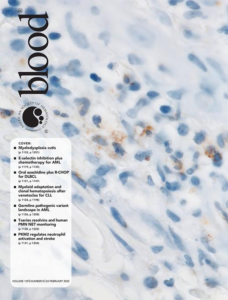A saliva-specific fucosylated structure-based sugar profile
A saliva-specific fucosylated structure-based sugar profile seems to be an efficent cancer diagnostic tool as claimed by Soochow University.
From the human saliva sample proteins extracted, subjected to enzymolysis and enriched in glycans from glycoproteins. Structural analysis and quantitative analysis of abundance on the glycans by means of mass spectrometry determines a glycan profile in the sample. By analyzing healthy saliva, non-cancer saliva, and lung cancer saliva, sugar profiles of high-abundance core fucose and branched fucose are identified. The method can be applied to clinical screening of lung cancer. The saliva-specific fucosylated structure-based sugar profile and the detection method therefor facilitate early diagnosis, feature easy-to-collect samples, and are not harmful to a patient, and thus have an excellent application prospect and important significance in the aspects of early screening and treatment of high-morbidity and high-death-rate lung cancer.










